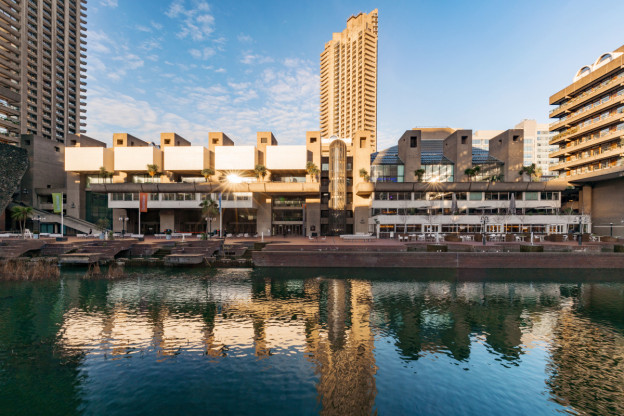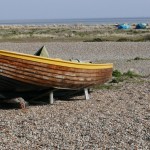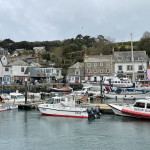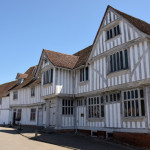Michael Edwards offers his insider guide to the Barbican
Barbican Declared one of the wonders of the world by The Queen, when she opened the Barbican Centre in 1982, just a few years later Londoners voted the Barbican to be the city’s ugliest building. The Barbican, the arty Phoenix that rose from blitz bombing of Cripplegate’s inflammable rag trade factories, has always suffered from Marmite syndrome. You either love it or hate it.
From the exterior – and there are even slots for archers to repel the barbarians – the Barbican is the foreboding Roman fortress from whence it takes its name. Even finding an entrance is a challenge …
But within the walls, there is poppies and wild grasses Gardner’s World soft makeover of brutalism with playing fountains and even a waterfall. Let me show you my insider guide to the Barbican.
What was once a council estate, albeit an aspirational middle-class haven with commercial rents, where mid-afternoon an operatic aria floats and a resident plays her flute, is now almost entirely privately owned after Maggie Thatcher’s right-to-buy policy.
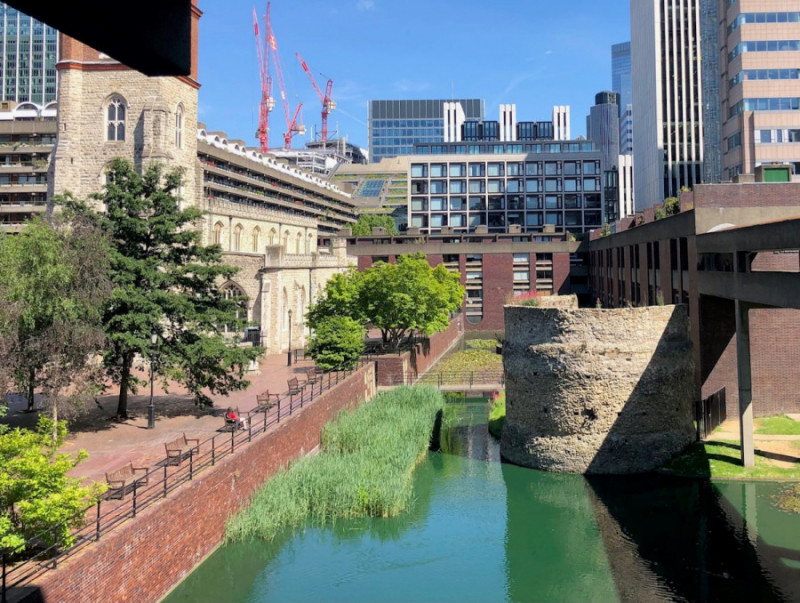
Moreover, The Barbican Centre is Europe’s largest arts centre with its theatre, exhibition halls, cinemas, concerts, and tours at the heart of London’s Culture Mile. That mile includes the Museum of London, the Guild Hall School of Music and Drama – offering some free concerts and performances – plus the London Symphony Orchestra.
In this summer of staycations, when Central London is queue-free when you can find seats on the tube when the roads are relatively quiet, this is the time to explore the Culture Mile.
Citadines, Barbican provide a base for cultural exploration. Their classic rooms, studios and one-room apartments are just a few hundred yards from the Silk Street entrance to the Barbican, your best chance of finding your way in.
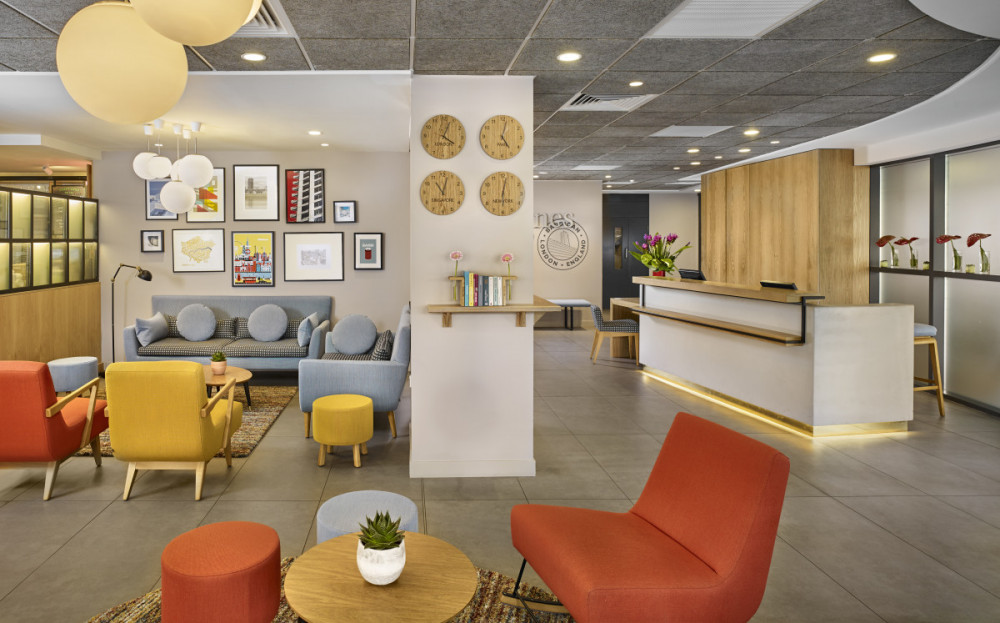
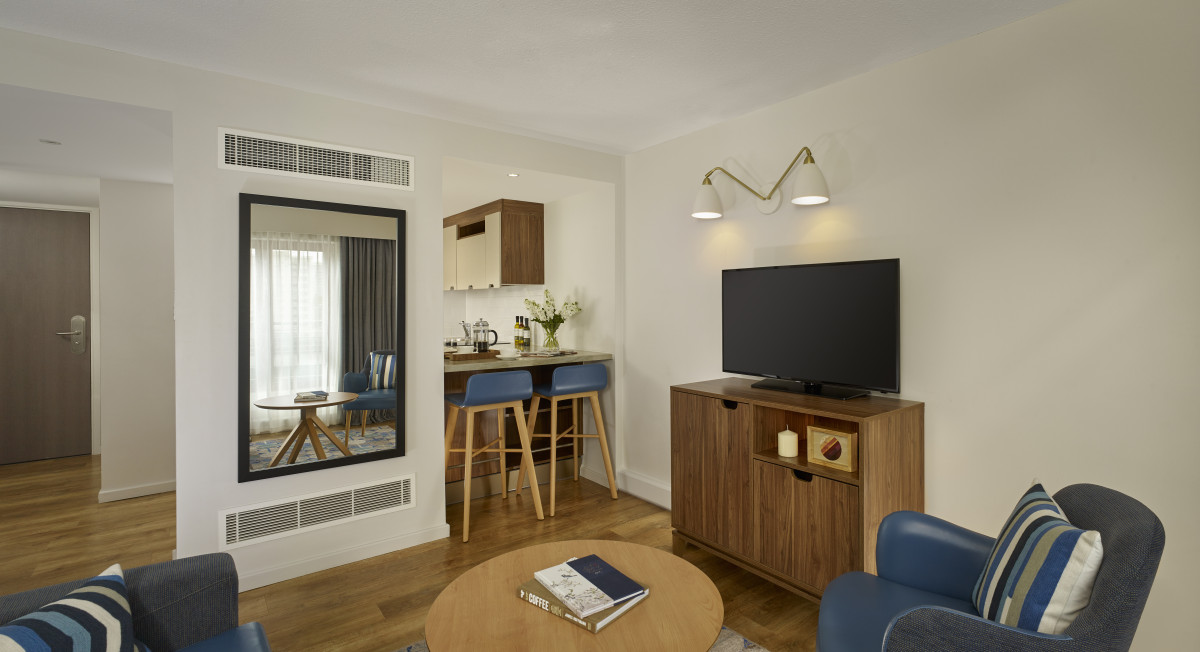
An Ael and Cole grocery starter pack, with more organic products in the fridge, encourages guests to take self-catering seriously. For longer stays, there is a washing machine in the one-bedroom apartments, plus an ironing board, so that you can look your best for concerts and the theatre.
If, one morning, you have walked the route of the old London wall from the Museum of London to The Tower of London, crossed the Thames for The Globe Theatre and Tate Modern, returning north over the Millennium Bridge and past St Paul’s you may need to recharge over a siesta lunch in your air-conditioned Citadines apartment before hitting the cultural trails again.
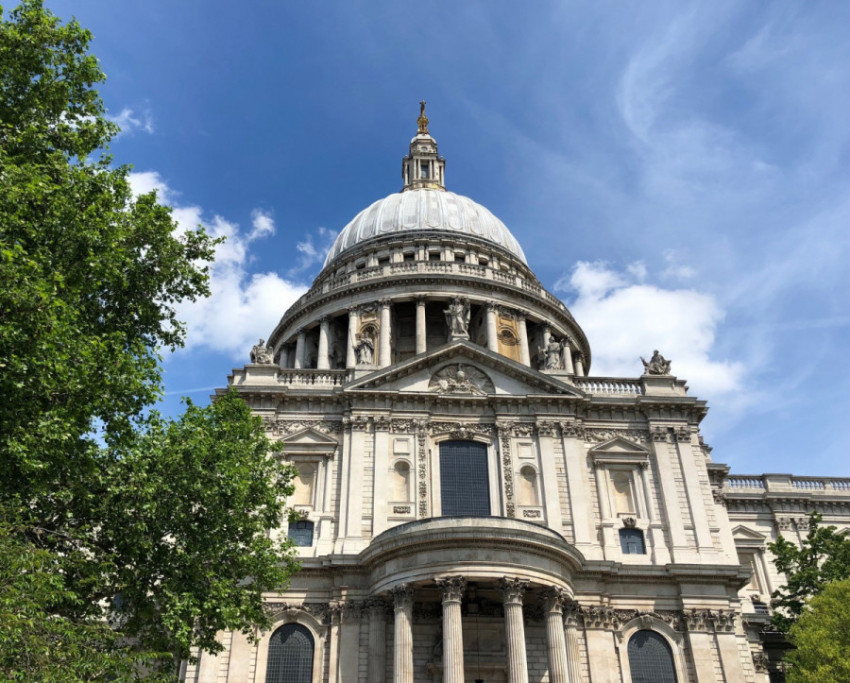
Taking the Barbican’s 90 minutes architecture tour, which you can book in advance online, puts the estate and its arts in context. Though it is a tour that leaves as many questions unanswered as answered. “Is the Barbican Thomas More’s Utopia or Ken Russell’s Clockwork Orange?” our entertainingly encyclopaedic guide Oliver asks.
He fills our minds with images of the Barbican’s history. An architectural creation that used more concrete than the entirety of the M25. A team of builders hanging in mid-air as they drilled into the concrete to create an aged effect. Brazilian lilies growing in a lake that is at the heart of the Barbican’s concrete-warmed micro-climate. Though that green-dyed water is just 2 metres deep as the Barbican to Moorgate tube-line runs immediately below.
At times you expect David Attenborough to appear as Oliver tells of herons swooping on ducklings, peregrine falcons introduced to reduce pigeon numbers and the hothouse conservatory containing over 1,500 temperate and tropical plants: there are even hallucinogenic cacti.
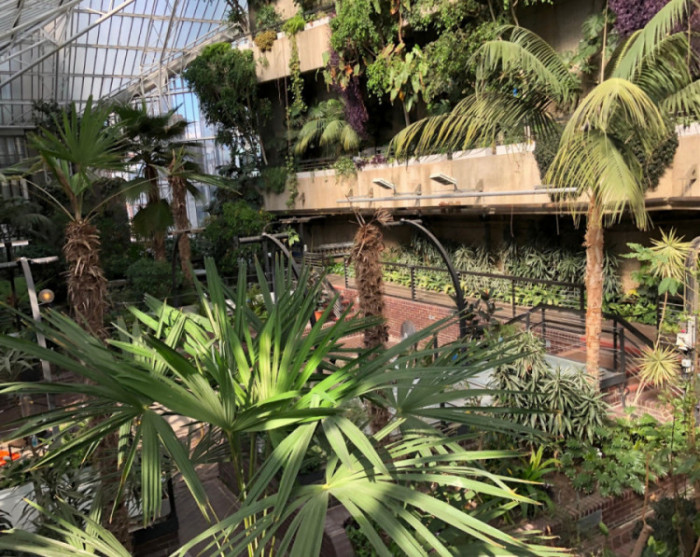
You can imagine Attenborough commentating on warring species as Arthur Scargill, former NUM President, headed for Safeway accompanied by his minders in the days when the much-maligned Trade Unionist had a grace-and-favour apartment at the Barbican. Socialist Scargill would certainly have approved that red geraniums have become the Barbican’s official flower amongst the Hanging Gardens of Babylon window-boxes.
Above all, Barbican architects, perhaps social engineers – Chamberlin, Powell and Bon who travelled the world in search of inspiration – had a grand sweeping view of history and architecture. They had a vision of a socially mobile meritocracy where young professionals could work their work-up from a humble apartment to the penthouse topping the 44 storey Shakespeare Tower – provided they passed an interview with the formidable Miss Dix. A property that would command millions on the London market – were it to become available.
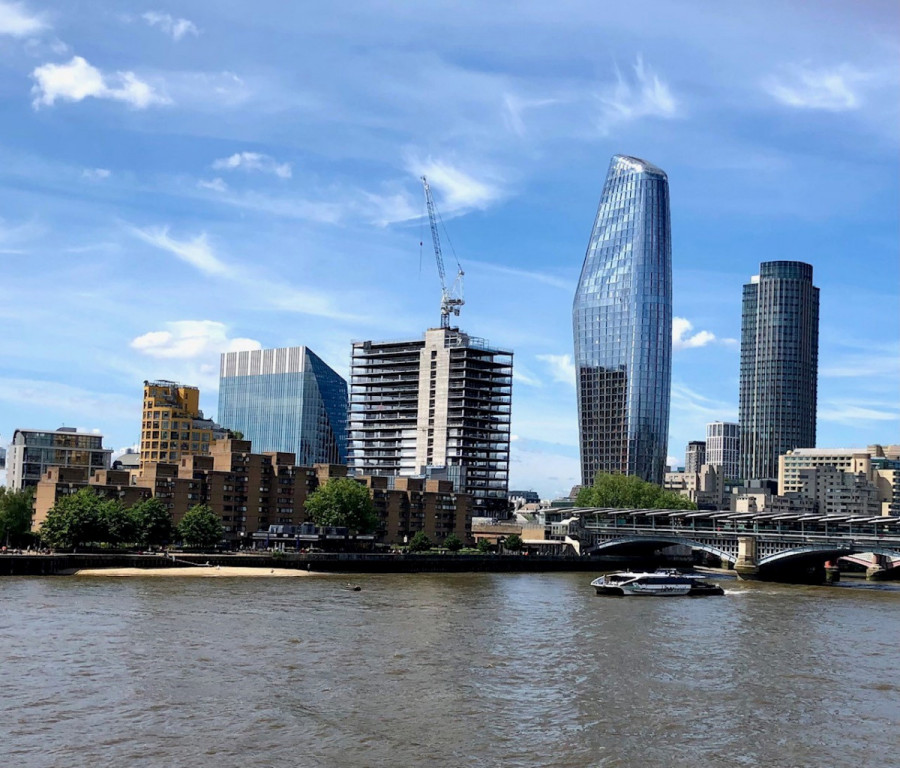
For all the allegations that it is brutalist, a concretopia, the architects preserved parts of the original Roman wall and celebrated the survival, through the blitz, of the medieval St Giles without Cripplegate, a church where John Milton is buried and where Shakespeare prayed.
A primer of global architecture the 40 acres, housing over 2,000 homes and 4,000 residents, references Roman military defences, Italian Renaissance fountains, Venetian gondola prows, Victorian railway arches, Bauhaus kitchens and, some say, overgrown Mayan ruins in the Sculpture Court. Is it Brutalist or better described, idealism tempered by economic reality, as Post-Modern Pragmatic?
Of course, another question remains. “Would you want to live here?” I ask Oliver, who gives a tour on almost every day of the week, probably clocking up more miles annually on the walkways of the city-in-the-sky than even the glazed-eyed joggers.
“I can see the attractions of living in such an arty environment … but … “
Tell Me More About This Insider Guide to The Barbican
Find out more about this insider guide to the Barbican visit Citadines
The Barbican Centre’s programme of events.
Learn about the Culture Mile

